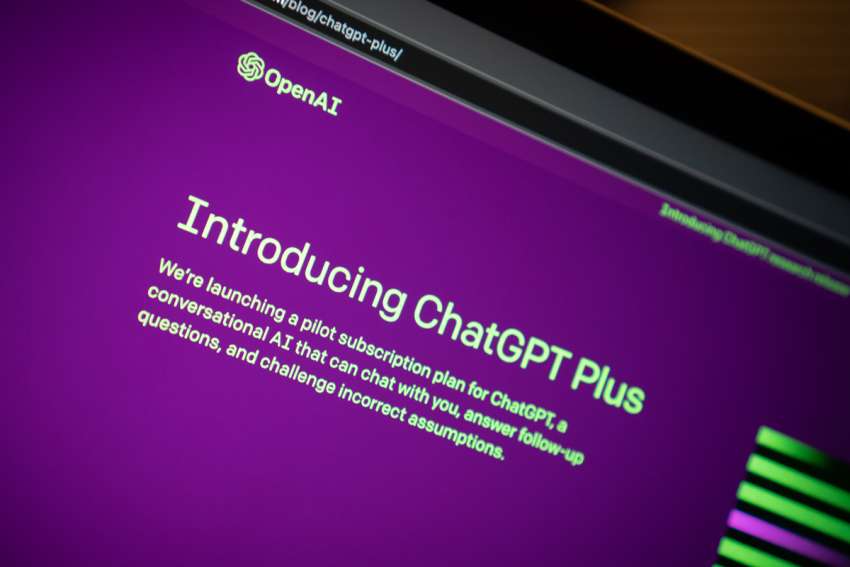As students return to the classroom, educators are scrambling to figure out how to deliver their curricula in an era where grading students’ written assignments on their knowledge, comprehension and skill levels is rapidly becoming obsolete.
ChatGPT was created by the artificial intelligence (AI) research and deployment company Open AI, which builds and sells systems “that are generally smarter than humans.”
ChatGPT is a bit like the automated customer service chat box on company websites where the user types in a question and the system provides a limited answer. But ChatGPT is much more far-ranging, creating original text that is increasingly indistinguishable from human-produced content, as well as being able to converse back and forth with the user.
An estimated 100 million people worldwide use ChatGPT to compose essays, articles, e-mails and other communications, which is sourced from Internet content.
The obvious implication for the education system is that students themselves no longer have to collect, sift through, read and understand the information they gather from a variety of credible sources as was done through the traditional way of completing their assignments.
The process of weighing and organizing the facts to form a logical argument or address a problem is short-circuited when students can just type in a question or a series of prompts and copy and paste the machine-generated material, which they then submit as their assignment.
And then there’s the quality of the information itself. Interestingly, the company page for ChatGPT lists serious deficiencies, two of which are: “ChatGPT sometimes writes plausible-sounding but incorrect or nonsensical answers”; and, the system will sometimes give harmful advice or biased information.
These and other concerns — top of the list being academic integrity, erosion of critical thinking skills, and misinformation — are being echoed by most educators.
The sector as a whole is divided over the benefits and detriments of using ChatGPT in teaching and learning. But pretty much everyone agrees the genie is out of the bottle. The challenge facing educators is now two-fold. First, how do we get students to think critically about, and effectively evaluate, the accuracy and biases of information being generated by a machine?
The question is both philosophical and practical. Society’s rejection of objective truth in favour of moral relativism makes it more difficult for us to distinguish right from wrong; our moral framework to judge good and evil has been eroded.
The Internet is rife with opinions and stories, which the machine draws upon and presents as “fact” without indicating where the information came from.
We must instill in our students a passion for the truth and justice, a willingness to question what’s being presented as “fact,” and the skills and abilities to gain access to credible information sources.
Research, community, advocacy and service organizations are among those that could be considered “credible,” provided they’re relatively independent of interference from political or economic elites. The Church plays a very important role in propagating truth and Gospel values.
On a practical level, classroom discussions and exercises could explore these themes. For example, an instructor at a college in Vancouver presents her students with academic resources during class time and then gets her students to compare what they learned in class to information Chat GTP presents on that topic in order to develop a critical assessment of AI writing, content and analysis.
Secondly, how do we replicate the intellectual process of thinking, planning and presentation that occurred when students wrote essays and other assignments?
Many teachers are substituting take-home written assignments with in-class verbal presentations that include question-and-answer formats, compelling students to think, recall and explain a topic without using ChatGPT. Some instructors are also issuing more in-class quizzes rather than assignments done outside the classroom.
On a broader scale, governments need to create policies and programs that regulate the use of ChatGPT and other technologies in the classroom, as outlined in UNESCO’s Sept. 7 report, “Guidance for generative AI in education and research.”
We need to heed Pope Francis’ call for “an open dialogue on the meaning of these new technologies, endowed with disruptive possibilities and ambivalent effects” so that AI is used in a responsible way.
(Majtenyi is a public relations officer specializing in research at an Ontario university.)


